The Royal Colonial Boundary of 1665 was decreed by England's King Charles II to demarcate his American colonies. It provided a survey from the Atlantic Ocean to the Mississippi River along 36 degrees, 30 minutes north latitude. The boundary now serves to divide Virginia from North Carolina and Kentucky from Tennessee.
1700-1749
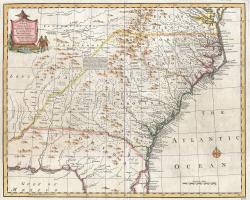
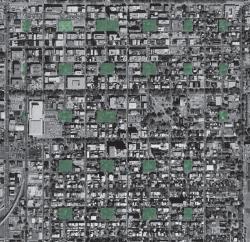
The Savannah city plan, whose execution began in 1733, is distinguished from those of previous colonial towns by the repeated pattern of connected neighborhoods, multiple squares, streets, and designed expansion into lands held by the city. It is unique in the history of urban planning in a number of aspects, not the least of which is that the squares allow for more open space in Savannah than any city layout in history.
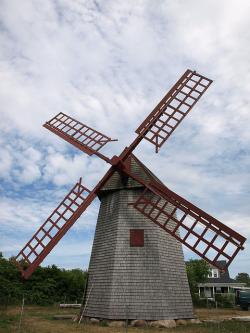
The Old Mill, a smock type of windmill, believed to be the oldest operating windmill in the United States. Most of its parts are original. This mill is the sole survivor of four that once stood along the range of hills west of the town of Nantucket. The long spar and wheel rotate the top of the mill and turn the sails into the wind. Inside, visitors can watch the gears as corn is ground into meal, producing about 5 bushels an hour. Documentation of the restoration of the windmill is located at the Nantucket Historical Association's Research Center.
Inventions credited to the Ecole Nationale des Ponts et Chaussees and its graduates include: prestressed concrete, lighting gas, and the optical lens. The school and its graduates also have been central to research in the diffraction of light, the applications of concrete, and the measurement of the strength of materials.
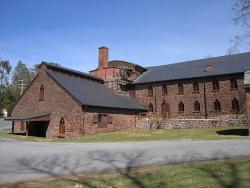
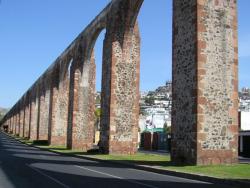
Queretaro's aqueduct, in Central Mexico, is one of the most eloquent symbols of colonial Mexico. As one of the early major hydraulic engineering projects in North America, it defines the city both nationally and internationally. The aqueduct, designed in 1723 by Juan Antonio de Urrutia y Arana, Marquis of Villa del Villar del Aquila, was inspired by the aqueducts of Segovia, Merida and Tarragona in Spain. It began supplying clean water to the city in this arid region of Mexico on October 17, 1738.
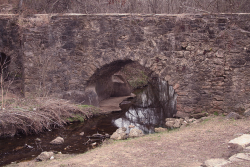
This is one of the earliest uses of engineered water supply and irrigation systems in the United States. The first of eight original acequias was under construction in 1718 and two are still in operation. The remains of one are visible on the grounds of the Alamo. The Acequias of San Antonio are among the earliest engineered water supply and irrigation systems recorded in the United States. The Acequias served an integral role in the growth and stability of the San Antonio community for nearly 200 years.
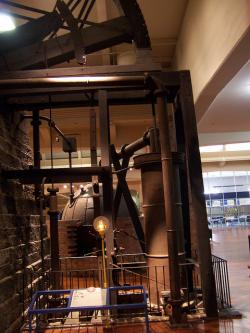
The unprecedented innovation of the steam-atmospheric engine by Thomas Newcomen (1663-1729) of Dartmouth and his assistant John Calley stands at the beginning of the development of practical thermal prime movers in the early years of the eighteenth century. Spreading through Europe and then to the Cornwall mines in the New World, it was one of the strategic innovations in world history and the single greatest act of synthesis in the ensuing history of the steam engine.
Innovations
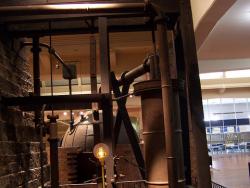
The unprecedented innovation of the steam-atmospheric engine by Thomas Newcomen (1663-1729) of Dartmouth and his assistant John Calley stands at the beginning of the development of practical thermal prime movers in the early years of the eighteenth century. Spreading through Europe and then to…
Read More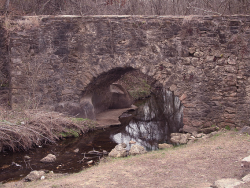
This is one of the earliest uses of engineered water supply and irrigation systems in the United States. The first of eight original acequias was under construction in 1718 and two are still in operation. The remains of one are visible on the grounds of the Alamo. The Acequias of San Antonio are…
Read More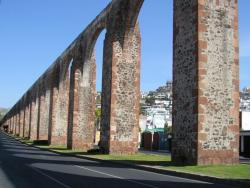
Queretaro's aqueduct, in Central Mexico, is one of the most eloquent symbols of colonial Mexico. As one of the early major hydraulic engineering projects in North America, it defines the city both nationally and internationally. The aqueduct, designed in 1723 by Juan Antonio de Urrutia y Arana,…
Read More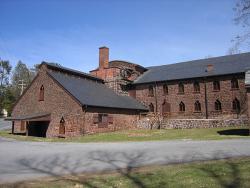
Inventions credited to the Ecole Nationale des Ponts et Chaussees and its graduates include: prestressed concrete, lighting gas, and the optical lens. The school and its graduates also have been central to research in the diffraction of light, the applications of concrete, and the…
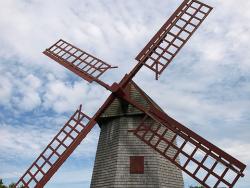
The Old Mill, a smock type of windmill, believed to be the oldest operating windmill in the United States. Most of its parts are original. This mill is the sole survivor of four that once stood along the range of hills west of the town of Nantucket. The long spar and wheel rotate the top of the…
Read More
The Savannah city plan, whose execution began in 1733, is distinguished from those of previous colonial towns by the repeated pattern of connected neighborhoods, multiple squares, streets, and designed expansion into lands held by the city. It is unique in the history of urban planning in a…
Read More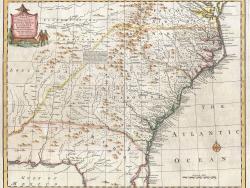
The Royal Colonial Boundary of 1665 was decreed by England's King Charles II to demarcate his American colonies. It provided a survey from the Atlantic Ocean to the Mississippi River along 36 degrees, 30 minutes north latitude. The boundary now serves to divide Virginia from North Carolina and…
Read More

